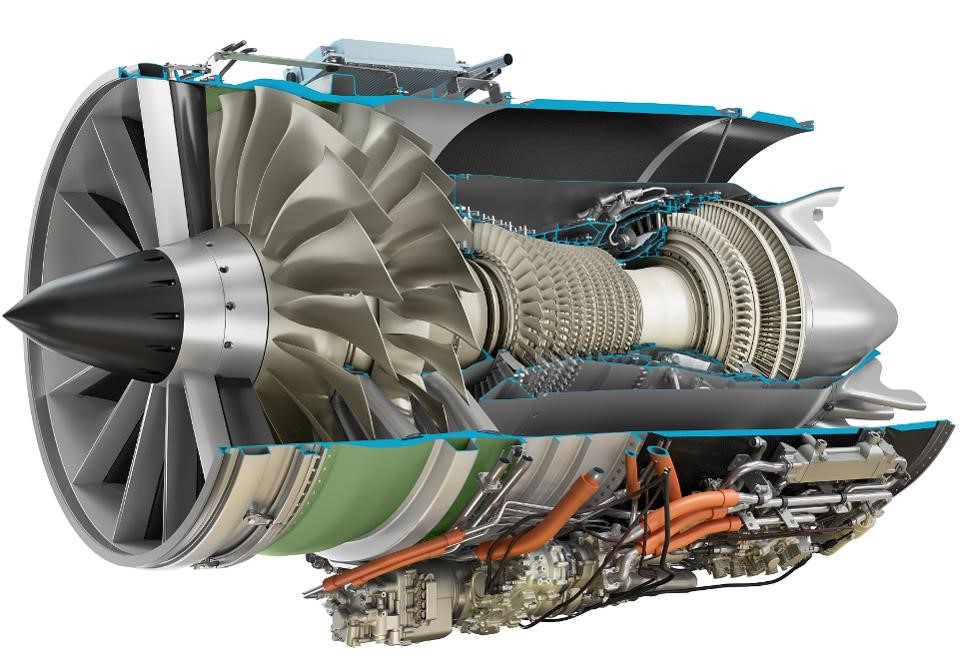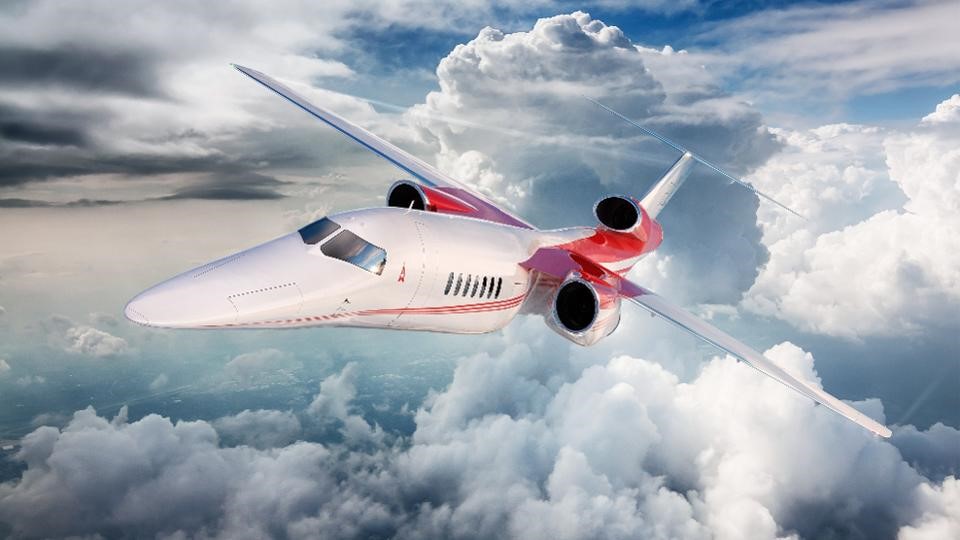Aerion Supersonic unveiled the initial design of their 12-seater, Mach 1.4-capable AS2 business jet on Monday after announcing it had overcome stringent noise requirements set to affect aircraft manufactured after 2020. The aircraft has been developed in close cooperation with GE and Honeywell who are providing the engine and avionics systems, respectively, while Aerion Supersonics and Lockheed Martin’s Skunk Works division developed the design of the aircraft. Speaking at the National Business Aviation Association convention in Orlando, GE Aviation’s head of business and general aviation said the twin-shaft, twin-fan turbo-fan engine will meet the noise pollution requirements in the US. Adding further to emission refinement, Aerion CEO Tom Vice cited a 20% to 50% improvement over current standards in the business jet class.
The joint effort to restart the supersonic passenger travel market is in part due to American billionaire Robert Bass, a philanthropist and current chairman of Aerion Supersonic. The united front seeks to complete a trans-Atlantic supersonic fight by the end of 2023, 20 years since the iconic Anglo-French Concorde was retired from the skies. Similarly, the engine class powering the aircraft, the GE “Affinity” class, is the first supersonic engine to be developed in 55 years since the Concorde. Current design specifications place the AS2 at a range of 4,200 nautical miles at Mach 1.4 with the capability to reach Mach 1.2 without the sonic boom “clap” reaching the ground. With a price tag of US $120 million, far ahead of any comparable business jet, Aerion projects a sales forecast of 300 aircraft over 10 years and 500 over the life of the program.

GE’s planned Affinity supersonic engine (courtesy of General Electric)
Unlike the Concorde, this is not a single-model project but rather a springboard for future developments on a grander scale. Such models will be catered specifically for business aviation and commercial airliners. “In the last 50 years, business aircraft speeds have increased by less than 10%. Instead of going faster, cabins have increased in size and become more comfortable – and range has become longer. With large, comfortable-cabin, long-range aircraft in the marketplace, the next step is speed,” said Brad Mottier, GE vice president and general manager for business, general aviation and integrated services. Vice envisions the future of the supersonic airliner to be that of a carrier similar to a legacy carrier with a first-class cabin or possibly entirely first similar to British Airway’s all-business flight from London to New York. Combining the precious cost of engine development with the light market will require a fine balancing act between speed and profitability. Perhaps as global aviation continues to grow with no global recession in sight to slow it down, supersonic and space tourism flights will be the new market for luxury travellers looking to put their money to good use.

